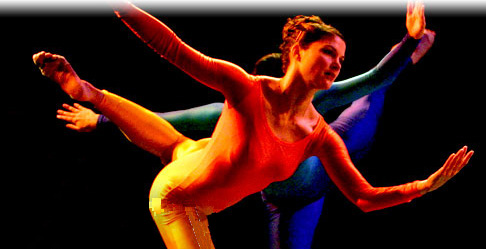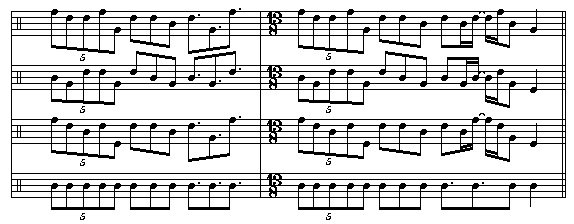Once again, pianist extraordinaire Sarah Cahill will perform my new work On Reading Emerson tonight at 8 at the Berkeley Arts Festival at the Jazzschool, 2087 Addison St., Berkeley – along with works by Rzewski, Polansky, Andrea Morricone, Elizabeth Lauer, and Phil Collins, every one of them written in the last ten months.

 The dancers were forming and reforming in pairs, and wore elastic bands that they would tie each other together with intermittently. Forgive me for not describing more: dance is the most difficult art form for me to grasp, and I’ve never had any vocabulary for it. It looked like the picture.
The dancers were forming and reforming in pairs, and wore elastic bands that they would tie each other together with intermittently. Forgive me for not describing more: dance is the most difficult art form for me to grasp, and I’ve never had any vocabulary for it. It looked like the picture.